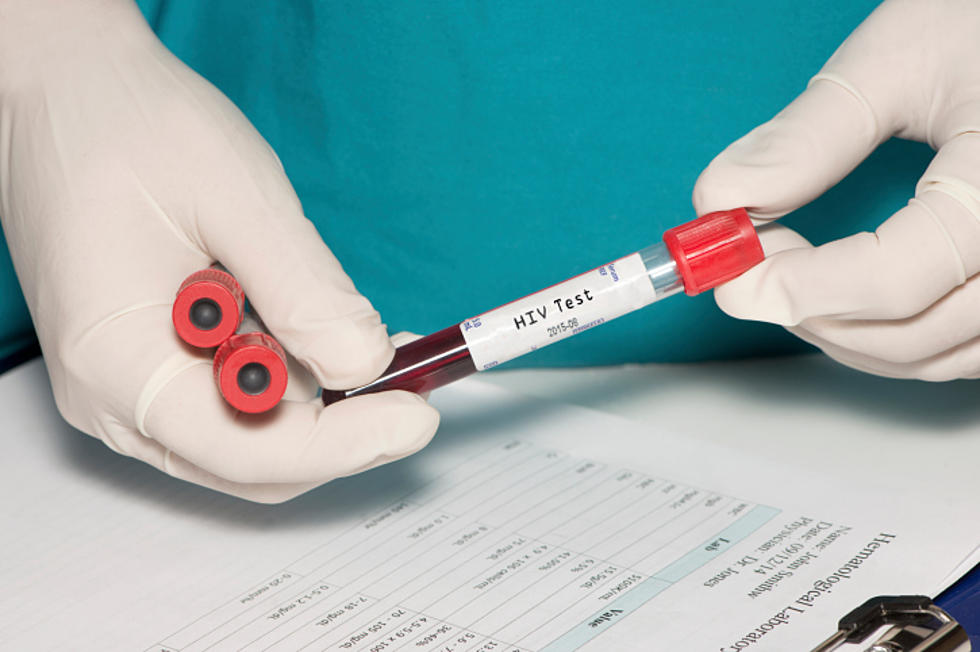
HIV Transmission Related to Infected Person’s Viral Load
A new study with heterosexual couples finds the level of the HIV-1 virus in the blood of an HIV-infected person is the single most important risk factor for sexual transmission of the virus to an uninfected partner.
In a study published online Jan. 12 in The Journal of Infectious Diseases, researchers looked at nearly 3,300 HIV-discordant couples — meaning one partner has HIV and the other doesn’t — in sub-Saharan Africa and found the level of HIV-1 RNA in the blood of the infected partner was the most important factor in HIV transmission. The higher the viral load in the infected partner, the higher the risk of transmission.
In addition, according to James Hughes of the University of Washington in Seattle and colleagues there and in Africa, the use of condoms reduced the risk of HIV transmission by 78 percent, and male circumcision reduced female-to-male transmission by about 47 percent.
Genital herpes infections and genital ulcers were associated with increased HIV transmission rates.
In a news release from the Infectious Diseases Society of America, the researchers said their findings highlight the importance of lowering viral load in order to reduce the spread of HIV-1 through sex.
“Our results underscore the importance of antiretroviral therapy and, possibly, treatment of co-infections, to reduce plasma HIV-1 viral load in HIV-1 infected partners, and condom promotion, male circumcision, and treatment of symptomatic sexually transmitted infections for HIV-1 uninfected partners as potential interventions to reduce HIV-1 transmission,” the researchers concluded in their report.
More From NewsTalk 940 AM










